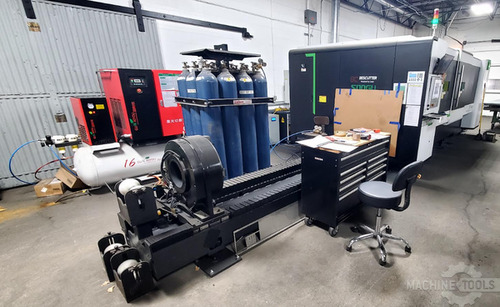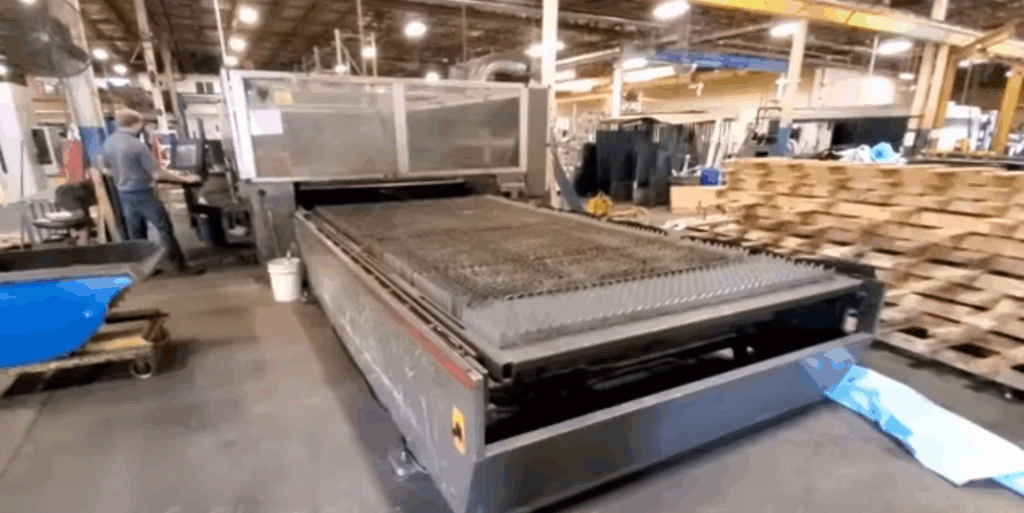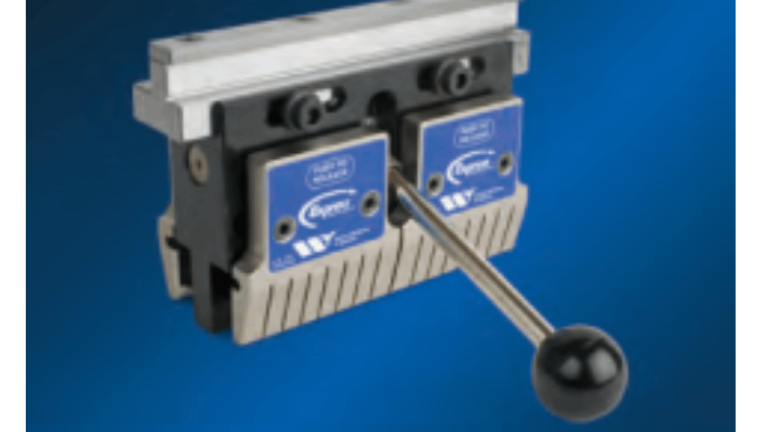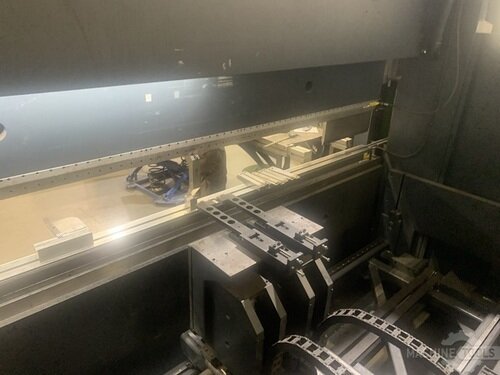As a Regional Sales Executive at Mac-Tech, I’ve spent years working closely with fabricators across the Midwest and beyond, helping shops overcome bottlenecks and maximize productivity through equipment upgrades. Every facility is unique, and my approach is always hands-on: visiting production floors, understanding workflows, and matching the right automation solutions to each customer’s goals. Whether you run small-batch prototyping or high-volume production, making the leap to laser line automation is a big step—one that requires careful planning for the best return on investment.
Understanding Your Shop’s Readiness: Prerequisites for Successful Laser Line Automation
Before considering automation for your sheet laser cutting line, it’s crucial to evaluate your shop’s current capabilities and infrastructure. Automation magnifies both strengths and weaknesses in your workflow. Reliable power supply, consistent compressed air, and robust network connectivity are baseline requirements. Additionally, your team should be comfortable with digital file management and CNC programming, since these skills are foundational for running automated laser systems efficiently.
Another prerequisite is a commitment to preventative maintenance and staff training. Automated lines are only as productive as the operators who oversee them. Investing in training ensures your team can troubleshoot basic issues and keep the equipment running smoothly. At Mac-Tech, we emphasize the importance of in-person demos and hands-on learning before installation, setting our customers up for long-term success.
Evaluating Part Mix Complexity: Matching Automation to Your Production Needs
One of the most common mistakes I see is shops automating without considering their part mix. Not all automation solutions are designed for every type of job. If your production involves frequent material changes, diverse geometries, or short runs, you’ll need flexible automation with rapid changeover capabilities. High-volume, repetitive parts, on the other hand, benefit from dedicated load/unload systems and stacking modules.
Analyzing your historical production data—part sizes, materials, and batch quantities—can help you select the right level of automation. Some laser lines excel at processing thin-gauge materials in large batches, while others are optimized for thicker plate or mixed orders. Matching your automation investment to your real-world part mix ensures you’re not paying for features you won’t use or, conversely, missing out on efficiency gains.
Optimizing Shop Floor Layout: Strategies for Seamless Material Flow
A well-designed layout is the backbone of any successful automated laser workcell. The position of your laser, storage towers, and material handling systems determines throughput and can make or break your ROI. I always recommend mapping out the entire material path—from raw sheet delivery to finished part stacking—to minimize travel distances and reduce manual handling.
Consider the proximity of downstream equipment, such as press brakes or deburring machines, and allow space for future expansion. Modular automation solutions can be reconfigured as your needs change, so plan for scalability. In some cases, relocating existing machines or adding compact towers frees up valuable floor space and facilitates a smoother, more efficient workflow.
Integrating Laser Systems with Downstream Processes: Press Brakes and Tooling Considerations
Automating your laser cutting line is only half the battle; true efficiency comes from seamless integration with downstream processes. Press brakes, for example, should be located close to the laser outfeed to reduce transportation time. Investing in offline programming and tool libraries for your press brakes can further streamline operations, allowing operators to set up jobs while the laser is running.
Tooling selection also plays a significant role. Precision-ground tooling and quick-change clamping systems reduce setup times and improve part consistency. At Mac-Tech, we work with our customers to ensure their press brakes, tooling, and software are all compatible with their new laser automation, providing a holistic solution rather than a piecemeal upgrade.
Overcoming Common Bottlenecks: Practical Solutions for Fabricators
Even the best automation systems can be hampered by bottlenecks elsewhere in the process. Frequent issues include material staging delays, manual sorting of finished parts, and insufficient scrap removal. Addressing these challenges might involve adding automated storage towers, integrating conveyor systems, or deploying part sorting robots.
Regular process audits and operator feedback are invaluable in identifying and resolving these issues. Sometimes, simple changes—like re-sequencing jobs or adjusting shift patterns—can unlock significant efficiency gains. My role is to help fabricators spot these opportunities and implement practical, cost-effective solutions tailored to their operation.
Calculating ROI: Real-World Metrics for Automation Investments
ROI calculations for laser line automation should consider more than just labor savings. Look at reductions in scrap, improved part quality, minimized downtime, and increased throughput. Automated systems also enable lights-out production, extending your shop’s productive hours without additional labor costs.
To get a realistic picture, compare your current output (parts per hour, per shift) against projected figures with automation in place. Factor in maintenance costs, training, and potential increases in energy usage. At Mac-Tech, we provide customers with detailed ROI models based on their actual production data, helping them make informed investment decisions.
BESCUTTER FLY PRO 3015
CINCINNATI CL840
Building Partnerships for Long-Term Success: The Value of In-Person Consultation
No two fabrication shops are identical, and a one-size-fits-all approach rarely delivers optimal results. That’s why I prioritize in-person consultation—walking the floor, talking to operators, and understanding each shop’s unique challenges and objectives. This partnership approach means we’re not just selling equipment, but helping you build a foundation for long-term success.
Ongoing support, from installation through to routine maintenance and upgrades, is essential. Our team at Mac-Tech stays involved after the sale, ensuring your automation investment delivers value year after year. We’re committed to building relationships, not just transactions.
Future-Proofing Your Operation: Scalability and Flexibility in Automated Lines
Technology and market demands are constantly evolving, so it’s important to choose automation solutions that can grow with your business. Modular laser lines, expandable storage systems, and software upgrades all contribute to scalability. Look for open-architecture systems that integrate smoothly with new machines as your production needs change.
Flexibility is equally important. The ability to adapt to new materials, part geometries, or customer requirements ensures your shop remains competitive. At Mac-Tech, we help customers select automation solutions that strike the right balance between today’s needs and tomorrow’s opportunities, keeping your operation agile in a changing marketplace.
Frequently Asked Questions
How do I know if my shop is ready for laser automation?
Evaluate your current workflow, staff skills, and infrastructure. Reliable utilities and a commitment to training are key prerequisites.
Will automation work with my existing press brakes and tooling?
Most modern automation systems can be integrated with compatible press brakes and tooling, but consultation is critical for a seamless setup.
What part mix is best suited for automated laser lines?
High-volume, repetitive parts see the greatest gains, but flexible systems exist for mixed or short-run production.
How does automation impact my ROI beyond labor savings?
Automation also reduces scrap, improves part quality, and increases throughput, all contributing to stronger ROI.
Can my automated line be expanded in the future?
Yes, modular and scalable solutions allow for future growth and changes in production needs.
What support is available after installation?
Ongoing training, maintenance, and technical support are typically provided to ensure long-term success.
Do I need to change my shop layout for automation?
Often, yes—a well-planned layout is essential for maximizing efficiency and material flow.
Get Weekly Mac-Tech News & Updates








